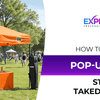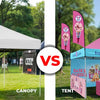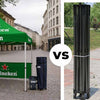Canopy vs. Tent – What's The Difference?
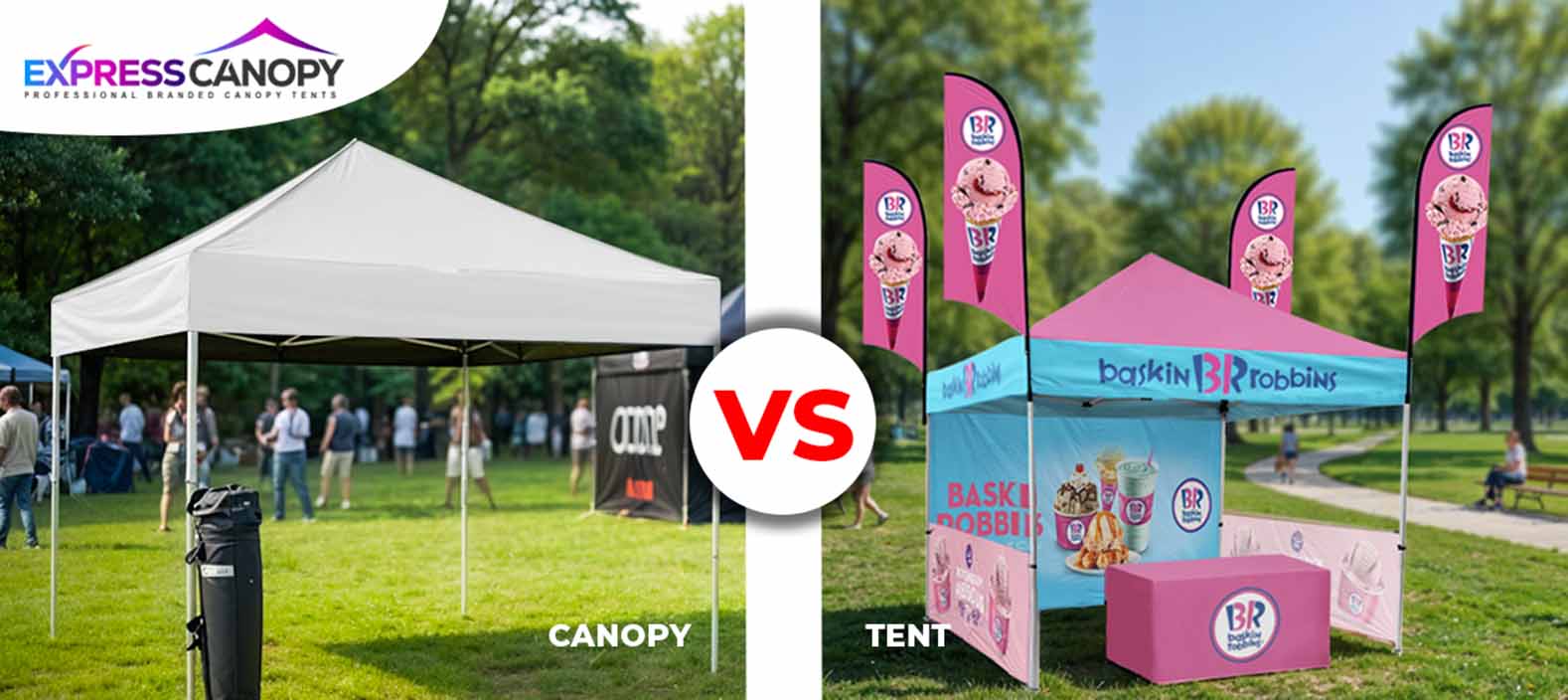
With the outdoor events market booming past $3.2 billion in the U.S. alone (IBISWorld, 2024), temporary shelters like canopies and tents have become essential tools for everything from backyard parties to major trade expos. When it comes to canopies vs. tents, both appear similar at first glance. Studying deeply their functions, features, and ideal use cases is quite different.
This discussion is a simple breakdown of the key differences between canopies and tents. It will help you make the right choice for comfort, convenience, and coverage.
Canopy
A canopy is typically a temporary shelter structure that consists of a roof covering, and it has no fully enclosed sides. It is most commonly structured and supported by a collapsible metal or fiberglass frame. It typically comes with four corner poles or legs. Many modern canopies include optional sidewalls that can be attached with Velcro, zippers, or hooks for extra protection. These are not an integral part of its design.
Primary Purposes:
- It provides shade from direct sunlight.
- It offers partial rain protection during brief showers.
- These are used as branding/display stations for promotional events.
Tent
In comparison, a tent is a fully enclosed shelter typically composed of fabric stretched over a framework of poles. It is designed to be self-contained, with walls, a ceiling, and often a floor or groundsheet. Tents usually include zipped or flap-style doors. Sometimes windows, ventilation flaps, or additional rooms are also included. It depends on where the tent is used
Primary Purposes:
- It provides complete protection from weather elements such as rain, wind, and cold.
- It is crafted to offer privacy and security for individuals or goods.
- It is multi-purpose and is used to create a longer-term temporary shelter.
- It can be used for both recreation and operational use.
Canopy Vs Tent - What Are The Key Differences
If you understand the key differences between a canopy and a tent, it can help you make the most informed decision based on your needs. While they might appear similar in form but both differ significantly on the basis of design, functionality, materials, and performance differ significantly.
1. Structure & Design
Here is the comparison based on structure and design.
Canopy: Open-Air, Lightweight Framework
- Design Philosophy: Canopies are engineered for ease of access and maximum openness. They can be designed in different sizes, but a 10x10 custom canopy is very common. It primarily consists of a peaked or sloped roof supported by four legs. Legs are often made of aluminum or steel.
- Walls: Canopies do not come with sidewalls by default. It gives them an open, breezy feel. However, optional sidewalls can often be added for wind or sun protection and even for branding purposes.
- Roof Style: Their roof style usually features a sloped, tensioned roof. It allows rainwater runoff, often in a pyramid or pagoda style.
- Ventilation: It has high airflow as it has open sides. It is ideal for hot environments where airflow is important. It is also important to attract multiple visitors from all sides of the event.
Tent: Enclosed, Protective Structure
- Design Philosophy: Tents are designed in such a way as to completely enclose a space. They offer full environmental protection and privacy.
- Walls & Doors: Tents “always” include walls. They typically have zippered doors or flaps. Many of them also include windows with mesh screens or roll-down flaps.
- Roof Style: When it comes to roof style, tents are crafted in different shapes. These shapes can be like domes, cabins, a-frames, or canopy tents. The roof is integrated into the full structure.
- Ventilation: When it comes to ventilation, most tents include built-in vents and mesh panels for proper airflow. They have less ventilation than tents.
|
Features |
Canopy |
Tent |
|
Design Type |
Open-sided |
Fully enclosed |
|
Default Walls |
No |
Yes |
|
Door Mechanism |
None or optional flaps |
Zippered or flap doors |
|
Structural Shape |
Peak or flat roof on legs |
Full-frame enclosure |
|
Typical Use |
Branding, Visibility, and & accessibility |
Shelter & privacy |
2. Installation & Portability
Canopy: Quick-Deploy, Portable System
- Setup Time: Canopies are typically pop-up or instant, requiring less than 10–15 minutes for a one-person setup. Many feature telescoping legs and accordion-style frames.
- Tools Required: There is no need for any tools.
- Portability: Most of the canopies come with wheeled carrying cases or shoulder bags. It makes them highly portable.
- Ease of Use: Custom canopy tents can be set up on hard or soft surfaces with minimal anchoring. Along with it, weights or stakes are recommended.
Tent: Labor-Oriented and Time-Consuming
- Setup Time: Tents can be time-consuming. This problem is faced for larger or more complex models. They can take 30 minutes to several hours to set up. The time spent depends on the size and features.
- Tools Required: Tents require different tools. These tools can be poles, mallets, and rope tensioners.
- Portability: Tents are bulkier and heavier than canopies. With respect to portability, they are difficult to handle.
- Manpower: Tents often require two or more people to assemble. If conditions are windy, it may take more manpower.
|
Features |
Canopy |
Tent |
|
Setup Time |
Under 15 minutes |
30+ minutes to hours |
|
Tools Needed |
No |
Often Yes |
|
People Required |
1 (sometimes 2) |
2+ |
|
Portability |
Lightweight & compact |
Heavier & bulkier |
|
Best Use Case |
Pop-up event, quick install |
Extended stay, secured shelter |
3. Material Composition
Canopy: Lightweight, Event-Focused Materials
- Fabric: Canopies are usually made up of material like light polyester, nylon, and light-duty vinyl. These fabrics are UV resistant and are resistant to light moisture as well. In simple words, canopies are not meant for extreme weather.
- Frame: Their frames are made from aluminum. Powder-coated steel can also be an option.
- Durability: Canopies are designed for temporary use. These are more vulnerable to rips and warping in extreme conditions.
Tent: Weather-Resistant, Rugged Materials
- Fabric: Tents are made from heavier-duty polyester canvas, nylon taffeta, and PVC-coated vinyl. Waterproof coatings and UV resistance are two main features of fabric.
- Frame: The frames of tents are made of fiberglass, aluminum alloy, and steel as well. It also depends on the size and the purpose for which it is used.
- Durability: They are more durable than canopies. They are built to withstand rain, wind, snow, and prolonged exposure to the elements.
|
Feature |
Canopy |
Tent |
|
Fabric Type |
Light polyester or vinyl |
Thick polyester, canvas, or coated fabrics |
|
Water Resistance |
Water-resistant |
Waterproof |
|
Frame |
Aluminum or steel |
Steel, fiberglass, or hybrid |
|
Longevity |
Short-term |
Mid-to-long term |
|
Weight |
Lightweight |
Medium to heavy |
4. Weather Resistance
Canopy: Light Protection
- Strengths: Canopies are very effective against the sun, light rain, and UV rays. These are great for shade and comfort for the events in warm climates.
- Weaknesses: As these are crafted for trade shoes so their material struggle in strong wind, heavy rain, or cold weather. Their open sides are an open invitation to wind, dust, and rain.
- Anchoring: For anchoring purposes, typically sandbags, weights, or tent stakes are used. Still, they can be unstable in high winds without additional support.
Tent: Full Weather Protection
- Strengths: As they are crafted for long-term purposes so they can resist moderate to severe weather. Their fully enclosed design can easily block rain, wind, cold, and sometimes even snow.
- Features: When it comes to additional features, these include rainfly covers, sealed seams, and zippered closures for total weatherproofing.
- Anchoring: For anchoring of tents, guy lines, pegs, and tensioning systems are very important. It provides them stability in adverse conditions.
|
Features |
Canopy |
Tent |
|
Sun Protection |
Excellent |
Good |
|
Rain Protection |
Light/moderate |
Heavy |
|
Wind Resistance |
Low to medium |
Medium to high |
|
Cold/Heat Resistance |
Minimal |
Moderate to excellent |
|
Best Conditions |
Mild, sunny days |
All-weather protection |
Canopy vs Tent - Which One is Best?
You can consider the following decision-making criteria if you are confused between a canopy and a tent. It will be really helpful for you to decide what you want.
|
Factors |
Choose a Canopy If... |
Choose a Tent If... |
|
Event Duration |
It's a few hours to a single day |
It's overnight or multi-day |
|
Weather |
Mild and sunny |
Rain, wind, or variable |
|
Setup Time |
You need something ready quickly |
You can dedicate time to install |
|
Portability |
You’re alone or have limited space |
You have transport and help |
|
Privacy/Security |
Not important |
Essential for comfort or storage |
|
Brand Visibility |
You want high public exposure |
Branding is secondary |
|
Use Case |
Vendor booth, fair, open gathering |
Sleeping, medical, long-term use |
Final Thoughts
In conclusion, it can be said that both canopies and tents serve distinct shelter needs. Canopies excel in fast setup, open-air design, and high visibility. These are ideal for events, fairs, and branding. Tents offer full enclosure and weather protection for longer stays.
For businesses seeking impact and convenience, Express Canopy offers custom canopies crafted to elevate your brand presence at any trade show. With lightweight frames and professional-grade materials, Express Canopy ensures your setup is as seamless and striking as your message.

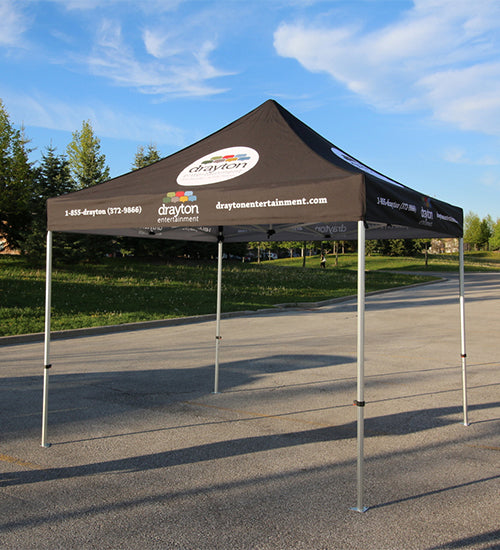
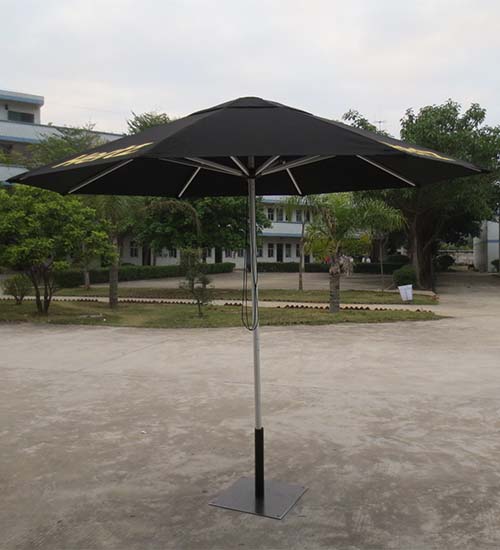
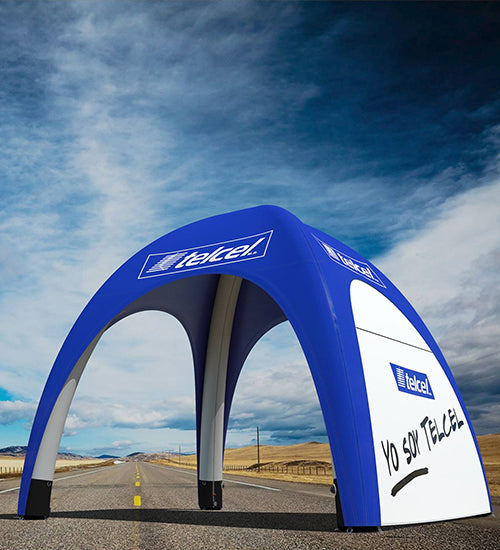
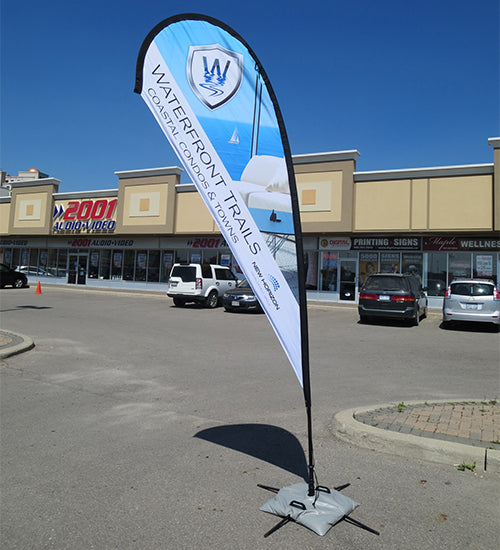
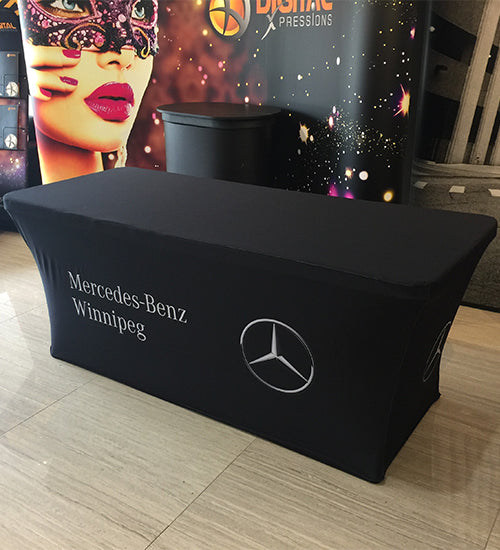
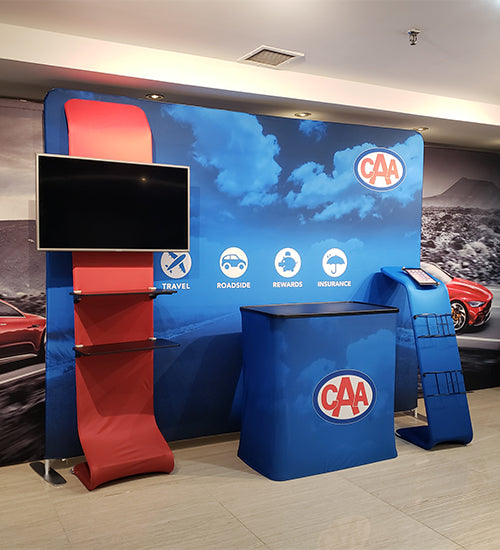
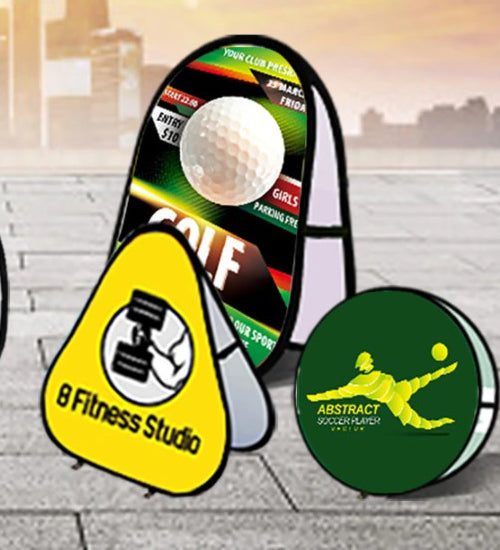
 UPLOAD FILES
UPLOAD FILES